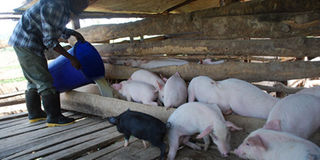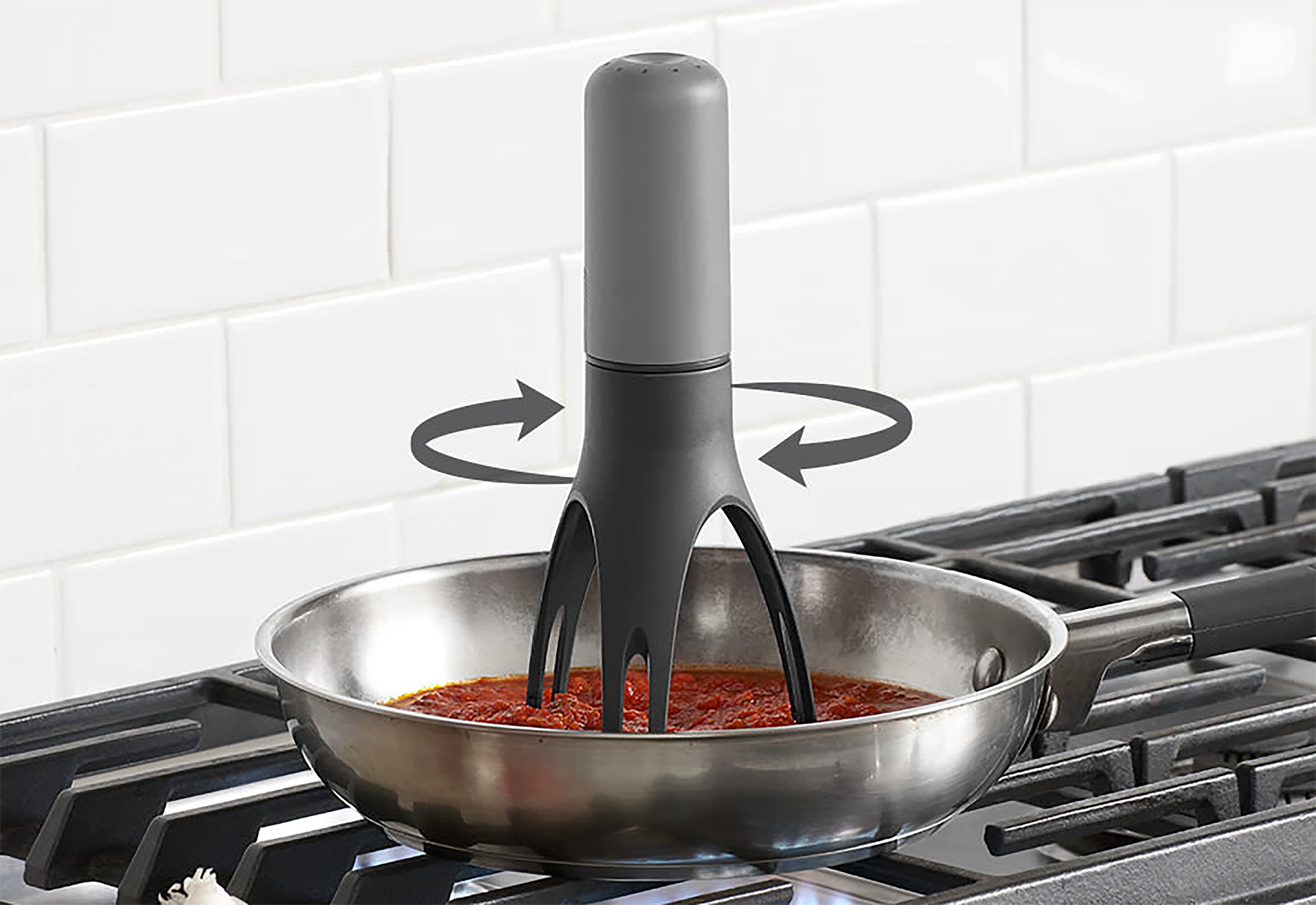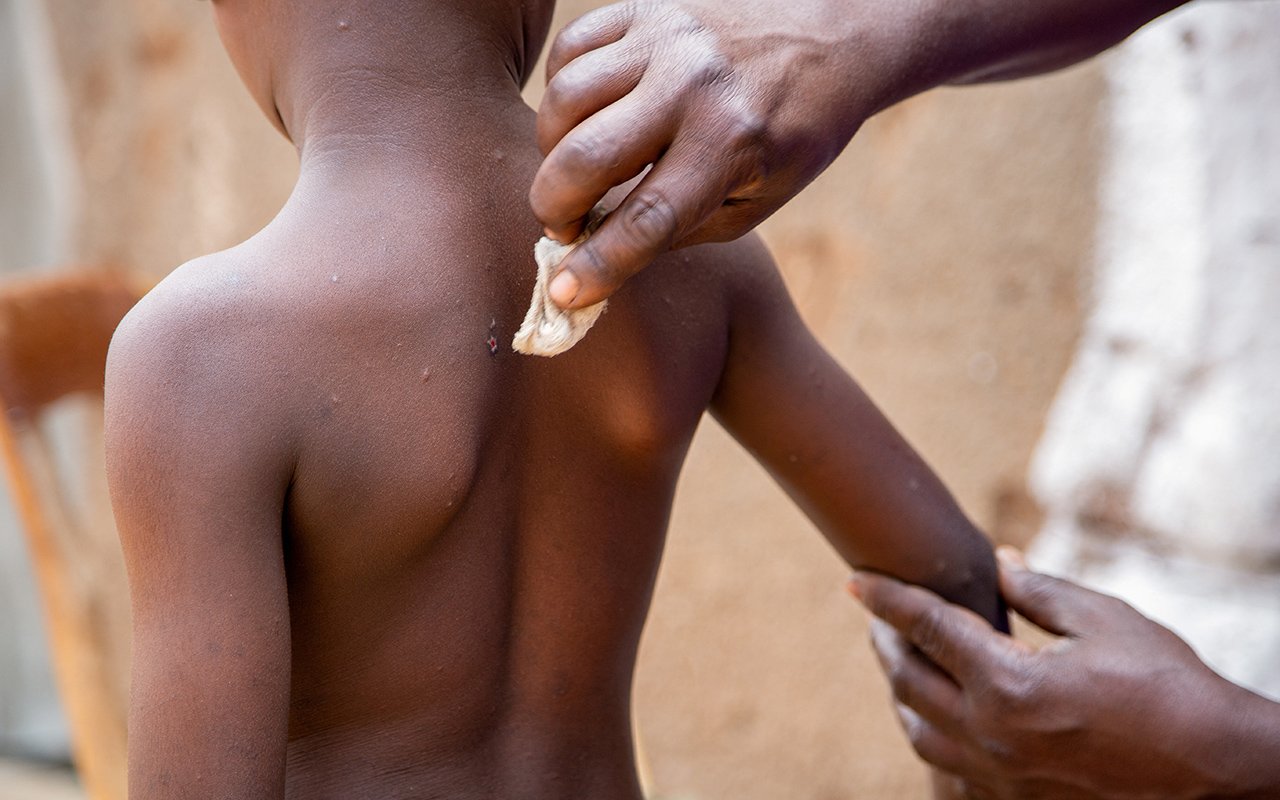Prime
He chose to rear pigs to replace goats, cattle and tomatoes

Kyabwisho feeds his pigs with maize bran (right) and whey (below) to ensure they produce good quality pork when they are slaughtered for meat or for a good size when sold as live animals. PHOTOS BY OTUSHABIRE TIBYANGYE
I am Gumisiriza Kyabwisho, 31, from Koranorya village, Rwebihuro parish in Kakiika Sub-county, Mbarara District. I started with four piglets in 2011 after finishing school. I bought them at Shs150,000 each and the housing cost me Shs900,000.
I raised this money from sale of 40 goats that I had and my l savings from the sale of tomatoes. I had been growing tomatoes to sell in the nearby market.
Option
I chose piggery because the demand for pork is very high in my village, which borders Mbarara Municipality and the proximity of Koranorya market, which operates daily. This food market draws vendors and traders from as far as Kampala and beyond.
I also chose pigs to replace goats because of space considerations, since I also have some cattle on the same piece of land. The other reason is faster returns; piglets are ready for sale from as early as two months old.
Start
The beginning was not easy since I did not have any experience but I had learnt about pig keeping when I was in secondary school. This is the knowledge I have used to go this far. I am grateful to my teachers otherwise I would not have moved to this level.
I chose to keep the Camborough breed because they grow very fast and have very good meat. Currently, I earn Shs2.8m from the sale of four mature pigs at Shs700,000 for slaughter and two-month-old piglets at Shs150,000 each. I have 100 pigs now.
Feeds
I started piggery while aware of the challenge of feeds although pigs can eat anything. I wanted to produce quality pork so I buy maize bran from millers around to supplement the green leftovers from the market like cabbage, dodo and banana peels.
I also give them whey, which I buy from Paramount Dairies. It is a by-product from making of cheese. Of late, I have added spent grains to their diet, which I get from the Nile Breweries factory in Mbarara.
Constraints
Although pigs bring quick returns, they need constant care to make sure they grow fast and must be fed very well. I have employed two full-time workers to feed and water them.
My biggest challenge is water because I live in a water stressed area. We get water for both animals and human beings from River Rwizi, which is about 4km away.
I am also faced with diseases, especially swine fever, and lice. To deal with the lice, I keep the stys very clean and have to spray regularly.
Feeding is also very expensive and I am devising means of feeding the animals effectively at lower costs. During the planting season, there is not enough maize bran, so I supplement the feeds with grass and leftovers from the kitchen and the nearby market.
Achievements
I have constructed a house, and established a banana plantation and I now deal in produce. In addition, I intend to start rearing chicken so as to widen sources of income.




